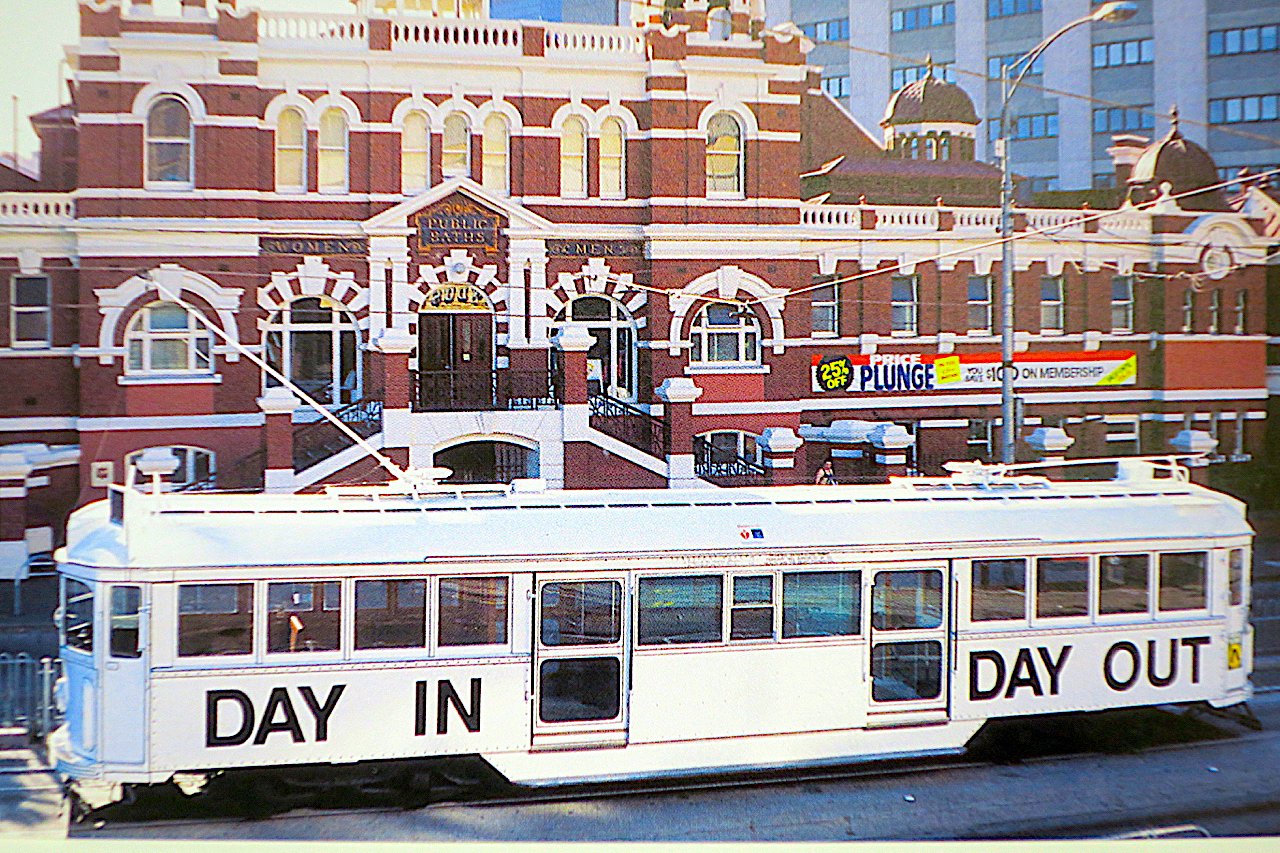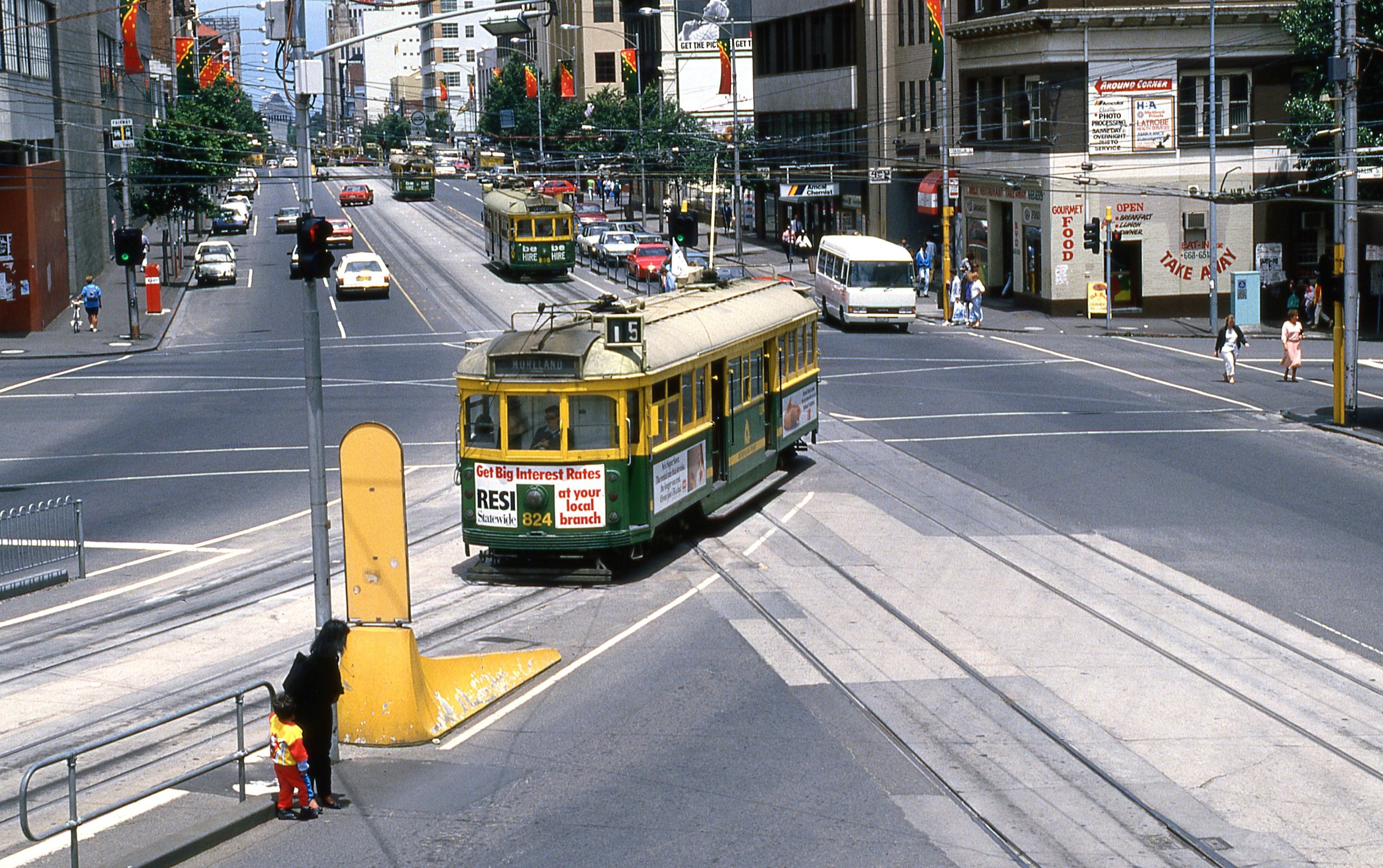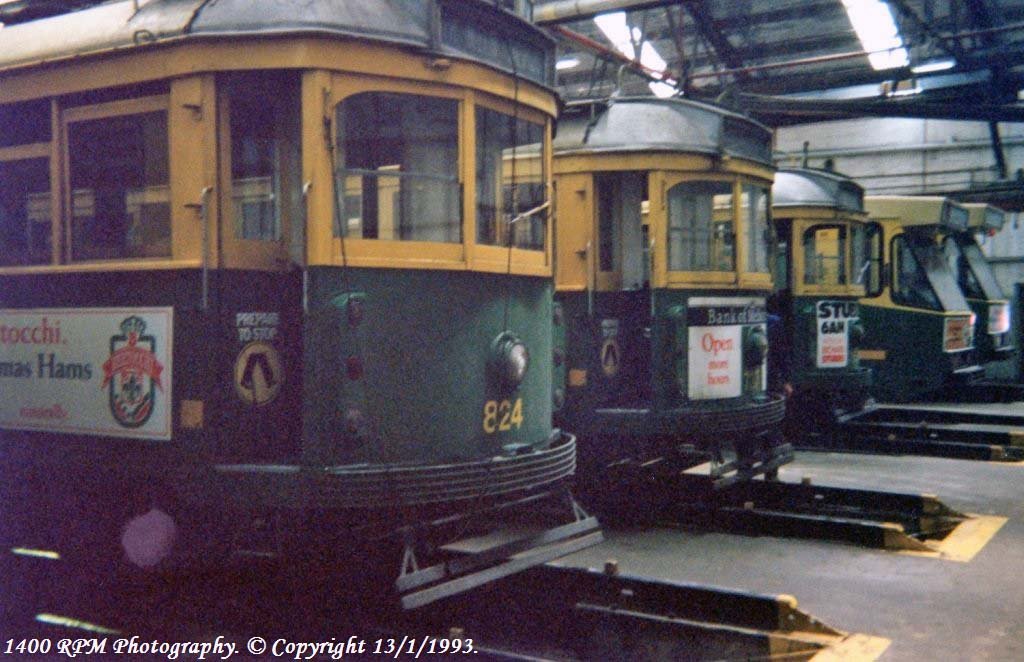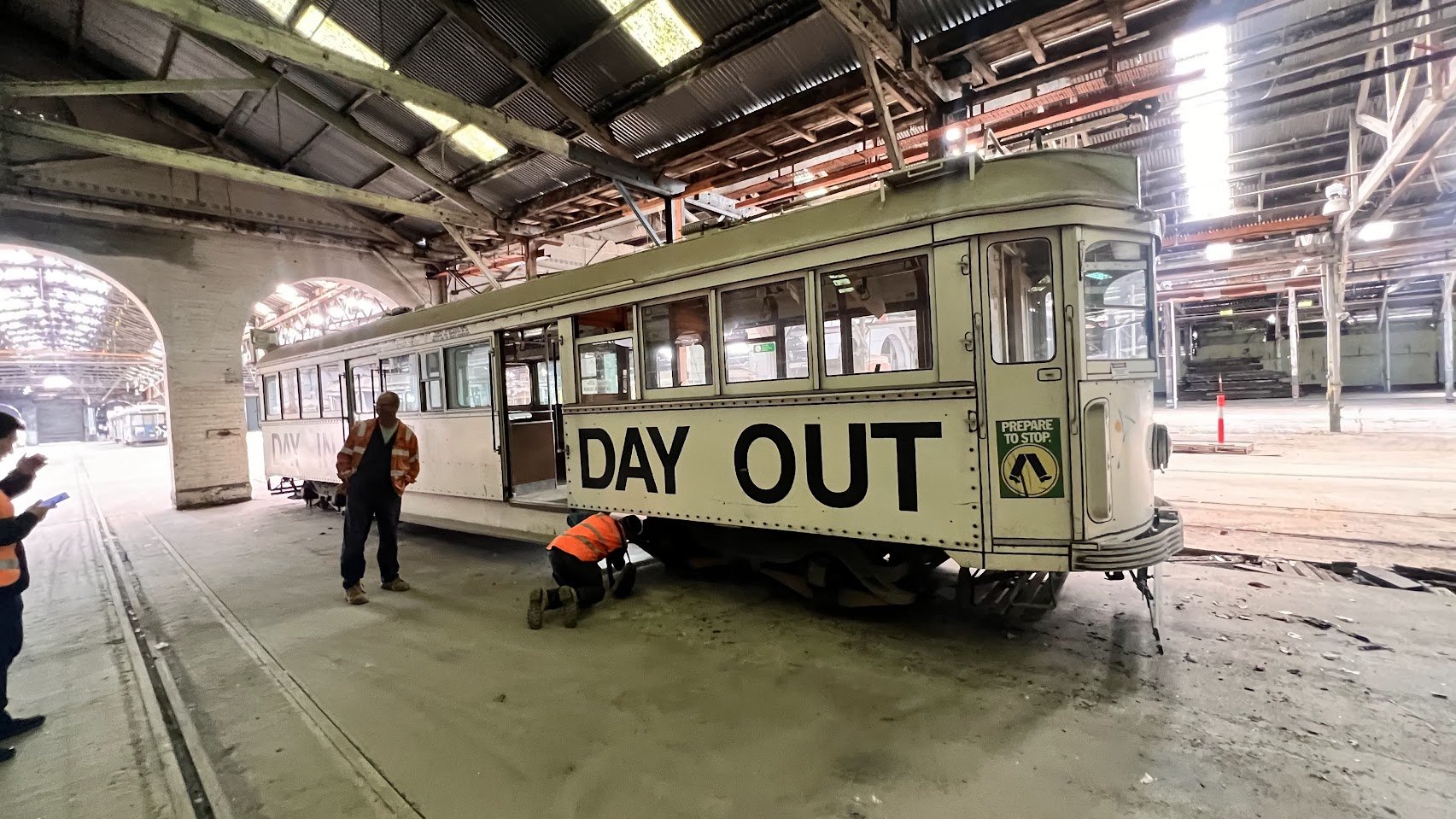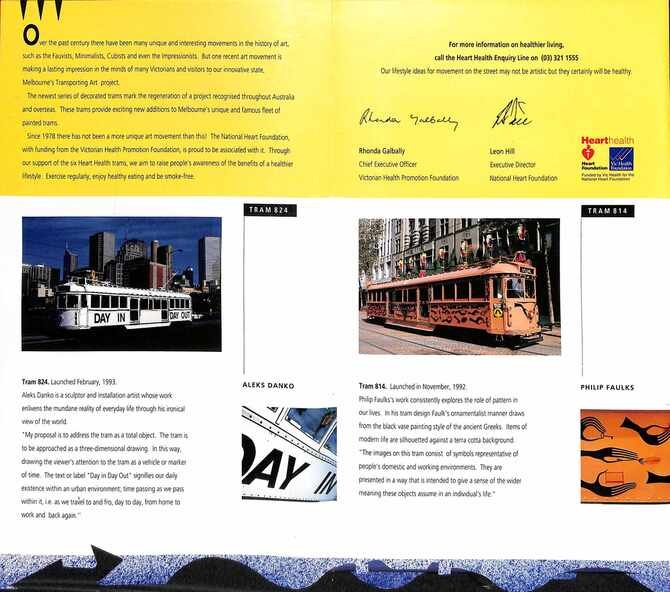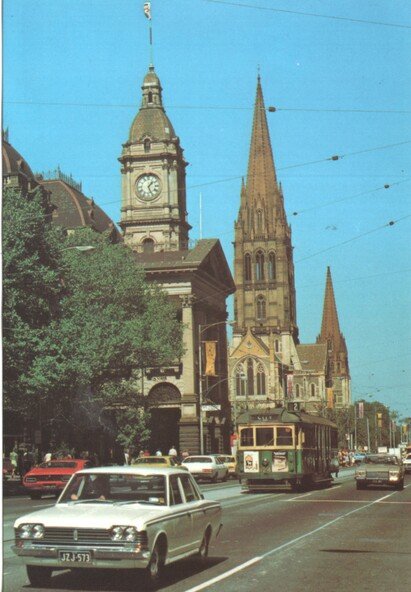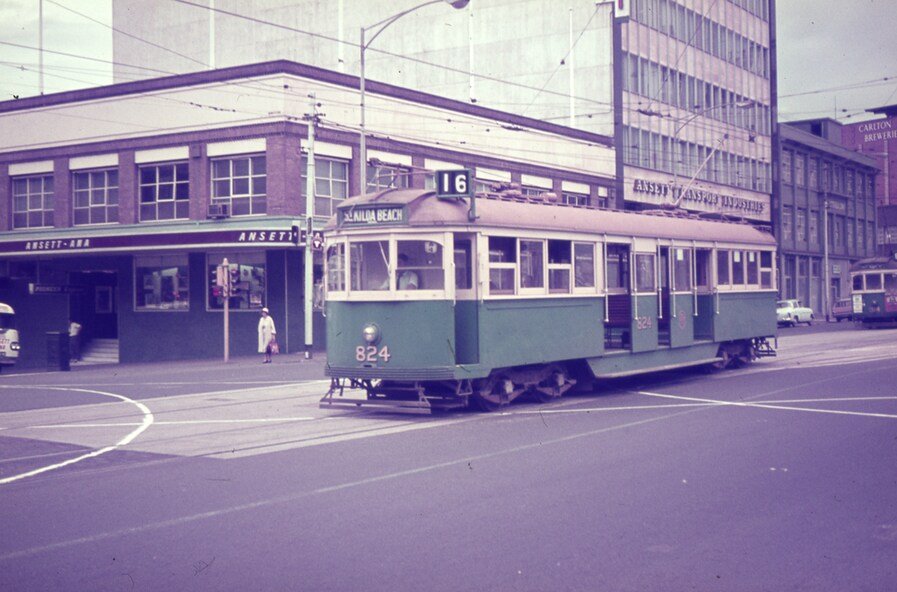History of Melbourne Tram SW5 824
Introduction
Melbourne tram SW5 824 is a significant example of the SW5-class trams that played a crucial role in the city's public transportation network. These trams were an evolution of the earlier W-class trams and were introduced between 1939 and 1941. The SW5-class featured a bogie, drop-centre saloon design with sliding doors, improved seating, and rounded windscreens, offering a more modern and comfortable commuting experience for passengers. Tram 824, however, had a unique journey, having been converted into an SW5-class tram at a later stage.
Origins and Conversion
SW5-class trams numbered 840 to 849 were originally built by the Melbourne & Metropolitan Tramways Board (MMTB) during the early 1940s. Tram 824 was initially constructed as part of the W5-class but was later upgraded to the SW5-class as part of a broader initiative by the Metropolitan Transit Authority (MTA) between 1983 and 1986. This conversion included modifications such as the addition of sliding doors, which improved safety and accessibility.
Transporting Art Program
In 1993, tram 824 gained prominence through its involvement in the 'Transporting Art' program. This initiative, which commenced in 1978, sought to transform Melbourne’s trams into moving artworks, enriching the daily experiences of commuters and showcasing contemporary art in an innovative way. The program was a collaboration between the Victorian Ministry for the Arts and the Public Transport Corporation.
Renowned Australian artist Aleks Danko was commissioned to design the artwork for tram 824. Danko, known for his conceptual and performance art, applied bold colours and dynamic patterns to the tram’s exterior. His design turned tram 824 into a mobile canvas, allowing everyday commuters and pedestrians to engage with public art in an unprecedented manner.
Notably, tram 824 was the last tram to be decorated under the 'Transporting Art' program. After its transformation and entry into service in 1993, no further trams were commissioned under this initiative, making tram 824 a historic milestone in Melbourne’s cultural landscape.
Legacy and Preservation
The 'Transporting Art' program played an important role in blending art with public transport, leaving a lasting impact on Melbourne’s urban culture. Tram 824, adorned with Aleks Danko’s artwork, became an icon of this era, symbolising the city’s progressive approach to integrating art into daily life.
As years passed, many SW5-class trams, including tram 824, were phased out of regular service. While some were preserved in museums or repurposed for heritage operations, others were retired. Despite its retirement, tram 824’s legacy endures as a testament to Melbourne’s innovative art and transport collaboration.
Conclusion
Melbourne tram SW5 824 is a remarkable piece of transport history, reflecting both the technical advancements in tram design and the city's dedication to public art. As the final tram to participate in the 'Transporting Art' program, it holds a special place in Melbourne’s cultural and artistic narrative. Whether remembered for its service to commuters or its role as a moving artwork, tram 824 remains an enduring symbol of Melbourne’s unique intersection of art and transportation.
